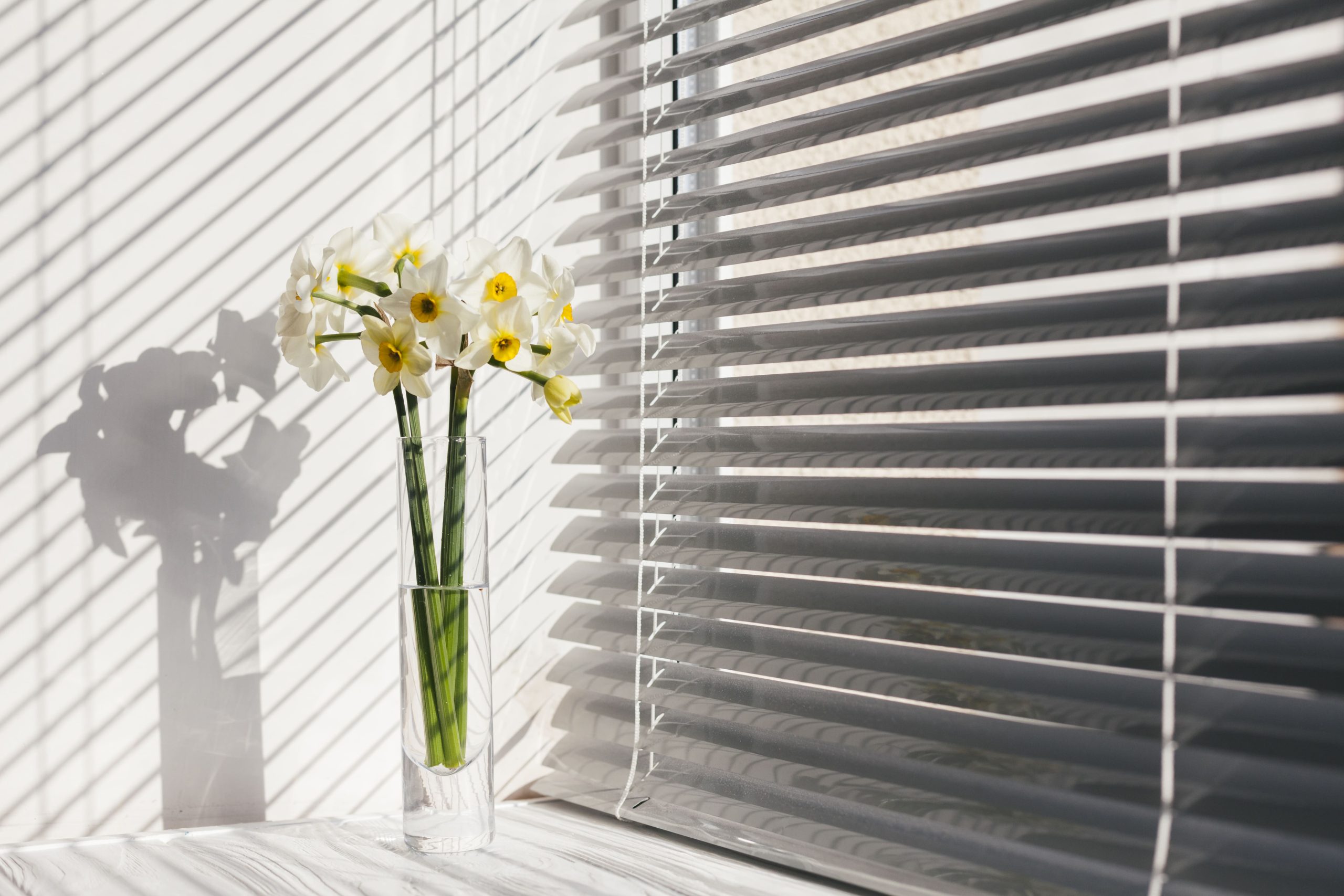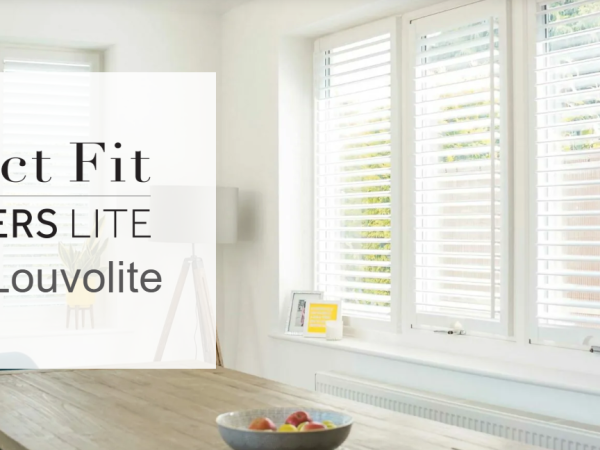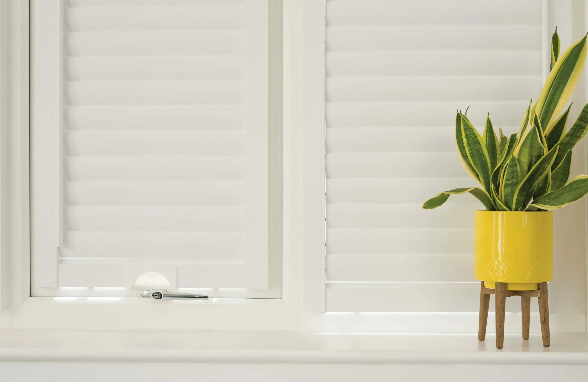Which window blinds let in the most light?
As the days grow shorter and natural sunlight becomes a precious commodity, it’s time to consider how you can make the most of it during the winter months. One effective way to control the amount of light entering your home is by investing in the right window blinds. The key is to strike a balance between allowing ample light to flood your space and maintaining your privacy. Let’s explore the various types of blinds and find out which ones are best at letting in the most light.
The importance of natural light
Before we delve into the specifics of window blinds, let’s first understand the significance of natural light in our lives. Natural light has numerous benefits for both our physical and mental well-being. It not only reduces our reliance on artificial lighting but also:
- Boosts mood: Exposure to natural light triggers the release of serotonin, often referred to as the “feel-good” hormone. This can help improve your mood and overall mental health.
- Enhances productivity: Natural light is known to increase productivity, making it an essential element for home offices and workspaces.
- Saves energy: Using natural light during daylight hours reduces the need for electric lighting, therefore lowering energy consumption and utility bills.
- Enhances aesthetics: Natural light can make your living spaces look more inviting, spacious, and vibrant.
Types of window blinds for light control
Now that we’ve established the importance of natural light, let’s explore the various types of window blinds and their ability to let light in:
- Venetian Blinds: Venetian Blinds are a classic choice known for their versatility. They come in various materials, including wood and aluminium, and allow you to adjust the angle of the slats to control the amount of light entering the room. You can easily let in a significant amount of light by opening the slats almost horizontally.
- Roller Blinds: Roller Blinds are simple yet effective. You can choose from various fabrics, including sheer and light-filtering options, allowing you to control the level of light. Light-filtering fabrics will let in more light while maintaining privacy.
- Vertical Blinds: Vertical Blinds are perfect for larger windows and sliding doors. They offer excellent light control by allowing you to adjust the slats’ angle. When fully opened, vertical blinds can flood your room with natural light.
- Roman Blinds: Roman Blinds are elegant and provide a luxurious touch to your interior. They are available in various fabrics, from sheer to blackout. To maximise natural light, opt for a sheer or light fabric and raise the blinds fully during the day.
- Vision Blinds: Vision Blinds, also known as Day and Night Blinds, are a modern and innovative solution designed to provide precise control over light and privacy. These blinds consist of two layers of fabric with alternating sheer and opaque stripes. You can adjust them to align the sheer and opaque sections for different levels of light filtration. By slightly overlapping the stripes, you can allow more light into the room while maintaining your privacy.
Vision Blinds: The ultimate light control solution
Vision Blinds stand out as an exceptional choice for controlling natural light in your home. They offer several advantages, making them a popular choice for those who appreciate the interplay of light and shade:
- Privacy control: Vision Blinds provide the flexibility to maintain your privacy without completely blocking out the light. By adjusting the stripes, you can have an unobstructed view while keeping prying eyes at bay.
- Light filtration: The sheer and opaque stripes of Vision Blinds allow you to fine-tune the amount of light entering your space. It’s like having a dimmer switch for your windows, giving you the ability to create the perfect ambience.
- Contemporary design: These blinds have a sleek and modern design that complements various interior styles. They add a touch of sophistication to your windows.
- Easy maintenance: Vision Blinds are easy to clean and maintain, ensuring they look pristine and continue to let in natural light for years to come.
- UV protection: Vision Blinds offer UV protection by filtering harmful UV rays, helping to preserve your furnishings and flooring.
Tips for maximising light with Vision Blinds
To make the most of Vision Blinds and maximise the amount of natural light in your home, consider the following tips:
- Layer sheer and opaque: For optimal light control, align the sheer and opaque sections to allow more light in while maintaining privacy.
- Coordinate with room colours: Choose Vision Blinds in colours that complement your room’s palette. Lighter colours can help reflect more light, while darker shades add a touch of warmth.
- Combine with curtains: You can pair Vision Blinds with curtains for a layered look. During the day, you can have the blinds slightly open, and the curtains drawn back to let in a maximum amount of light.
- Choose motorisation: Opt for motorised Vision Blinds for convenience. With the touch of a button or through a smartphone app, you can adjust the blinds to control light levels effortlessly.
Selecting the right window blinds is essential for harnessing the beauty of natural light in your home. While various blinds offer different levels of light control, Vision Blinds stand out as a versatile and contemporary choice. With their unique design and practical benefits, they can help you strike the perfect balance between illumination and privacy, making your living spaces more inviting and comfortable during the winter months. So, make the most of the sunlight and brighten up your home with Vision Blinds.












